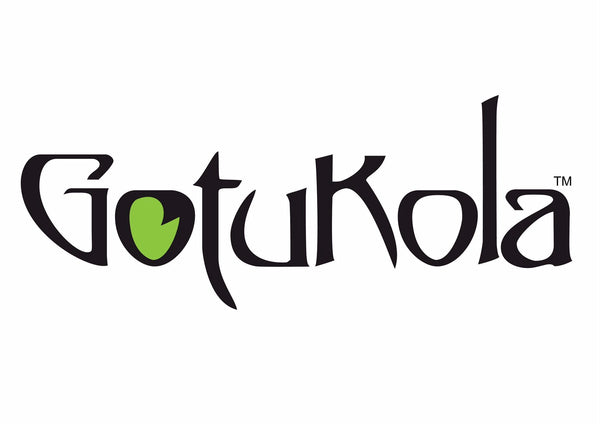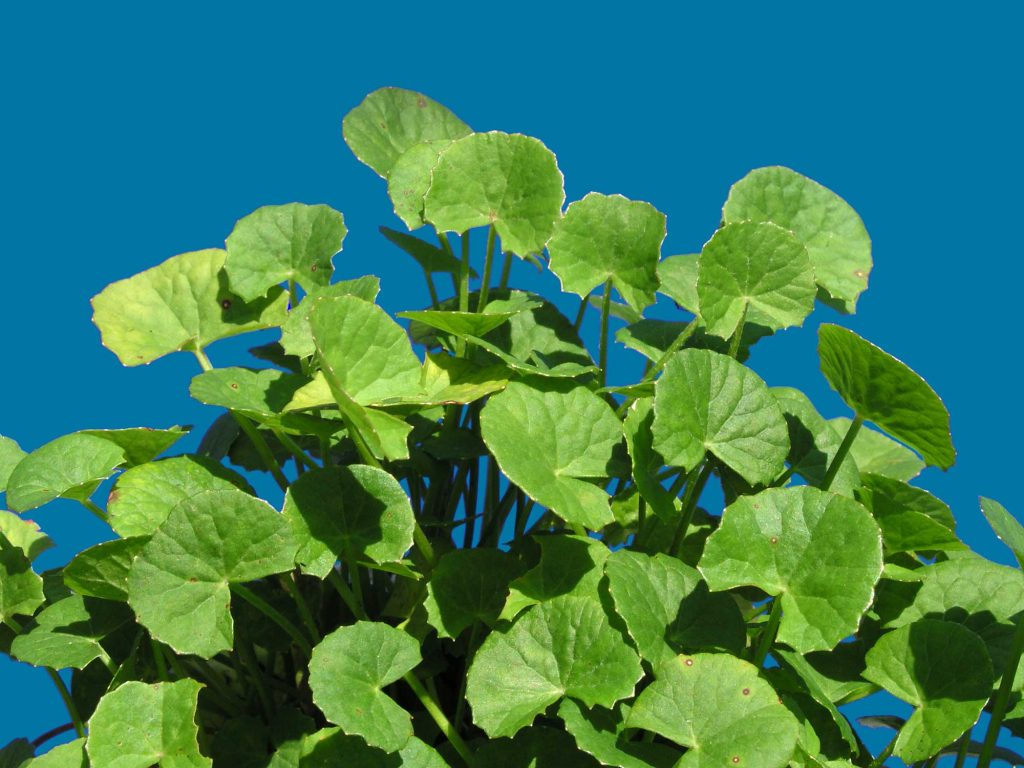Gotu Kola, scientifically known as Centella Asiatica, is a medicinal plant known for its brain-boosting, anxiety-reducing, and anti-inflammatory properties. It's used in traditional medicine in Southeast Asia, China, India, and Africa to treat a wide range of health conditions. Unfortunately, not all plants that resemble Gotu Kola are genuine. There are many plants that look like, smell like, and taste like Gotu Kola - but they're not the same. In this blog post, we'll be discussing the most common Gotu Kola look-alikes, and how to differentiate them from the real thing.
1. Pennywort (Hydrocotyle spp.)
Pennywort, also known as marsh pennywort or water pennywort, is a prolific creeping plant with round or kidney-shaped leaves, often found near wetlands, ponds or rivers. It's like Gotu Kola in the sense that it's a member of the parsley family, and it's used for medicinal purposes in some cultures. However, Pennywort leaves and stems are thicker and shorter, and the leaf edges are either slightly toothed or wavy, unlike Gotu Kola's smooth margins.
2. Asiatic Pennywort (Centella erecta)
Asiatic pennywort, also called Indian pennywort or thankuni, is another herb that's native to Asia and shares similar medicinal qualities with Gotu Kola. It's frequently used in Ayurvedic and TCM herbs to enhance memory, promote wound healing, and alleviate skin conditions. The leaves of Asiatic pennywort are smaller and more oval-shaped than Gotu Kola. They also have a glossy texture and produce purple flowers in clusters.
3. Dove's Foot Geranium (Geranium molle)
Dove's foot geranium, commonly called soft geranium or dove's foot cranesbill, is an aromatic herb with pink flowers that's native to the Mediterranean but can be found worldwide. It's another plant that could be confused for Gotu Kola because it resembles it in its shape, size, and habit of growing in clumps. However, the dove's foot geranium's leaves are more deeply lobed and have more noticeable veins than Gotu Kola's.
4. Chinese Water Chestnut (Eleocharis dulcis)
The Chinese water chestnut is an aquatic plant that's consumed as a vegetable in many Asian countries. It's a tuber that grows underground, with slender stems above floating leaves. It's frequently mistaken for Gotu Kola when it's used in traditional Chinese medicine as a brain tonic. However, Chinese water chestnut has no resemblance to Gotu Kola whatsoever; it's a root vegetable that's usually consumed steamed or stir-fried.
5. Skullcap (Scutellaria lateriflora)
Skullcap, also known as mad-dog skullcap, is a perennial herb belonging to the mint family. It's used in Western herbal medicine as a sedative and anticonvulsant. It's sometimes confusing for Gotu Kola due to its similar leaf shape, size, and color. However, the leaf texture of the skullcap is rougher, and the edges are scalloped.
6. Dollar Weed (Hydrocotyle bonariensis)
Dollar weed is another Hydrocotyle species that can be confused with gotu kola. It has round leaves that are similar in size and shape to the leaves of gotu kola. Dollar weed is mostly found in lawns and gardens, while gotu kola is commonly grown as a potted plant. However, dollar weed's leaves have a scalloped edge and tend to grow in clusters rather than singly like gotu kola. Its stems are thicker, and it has small, white flowers, which means it's easy to tell them apart from the pink flowers of gotu kola.
7. Brahmi (Bacopa monnieri)
Brahmi is another herb that is often mistaken for gotu kola due to its similar circular leaves. Brahmi is a small, creeping herb that is generally found in damp, marshy areas. Its stems are thick and hairy, and its leaves have serrated edges. While the leaves of brahmi are smaller than those of gotu kola, it also has pinkish-purple flowers. Unlike gotu kola, which grows in tropical and subtropical regions worldwide, Brahmi is native to India.
8. Chickweed (Stellaria spp.)
Chickweed is a plant that is similar to gotu kola due to its rounded leaves with smooth edges. However, unlike gotu kola, chickweed leaves grow opposite each other on the stem. Chickweed can be found in gardens and fields, and it has small, white flowers. Chickweed leaves tend to be greener and brighter than gotu kola, and the stems are thin and fragile.
Gotu Kola (Centella Asiatica) is a herb that has long been used in traditional medicine for its calming and restorative effects. However, it bears many similarities in appearance to other plants and can be easily confused with them. To best distinguish between Gotu Kola and its look-alikes, it’s important to know their scientific names and understand the unique properties each of these plants possesses.
9. Fo-Ti (Polygonum multiflorum).
This perennial vine has red stems, heart-shaped leaves, and white clustered flowers. Fo-Ti is primarily known for its antioxidant and anti-inflammatory properties as well as its ability to reduce cholesterol levels.
Finally there's Marsh Mallow (Althaea officinalis), a perennial wetland plant that specializes in treating colds and sore throats due to a compound it contains called mucilage which has a protective effect on your respiratory system. It also helps stimulate digestion by producing more bile in the stomach.
Conclusion
To wrap things up, it's well worth getting familiar with the gotu kola look-alikes that are known to exist. Many of them have the same general appearance and even offer medicinal benefits, so it is easy to mistake them for the real thing. Fortunately, they can easily be distinguished by their flowers, leaf color, shape, stem structure, growth pattern, and region in which they grow. Knowing how to distinguish these plants correctly is vital for correctly identifying and utilizing Gotu Kola for its health benefits. While there may be slight variances between species, if the proper key characteristics are taken into account you can rest assured that you’ll spot a true gotu kola when you see one! With that being said, take the time to do your own research or visit a certified herbalist before ever harvesting any wild plant - it pays to be informed!
Check out for more interesting topics about Gotukola @gotukola.

